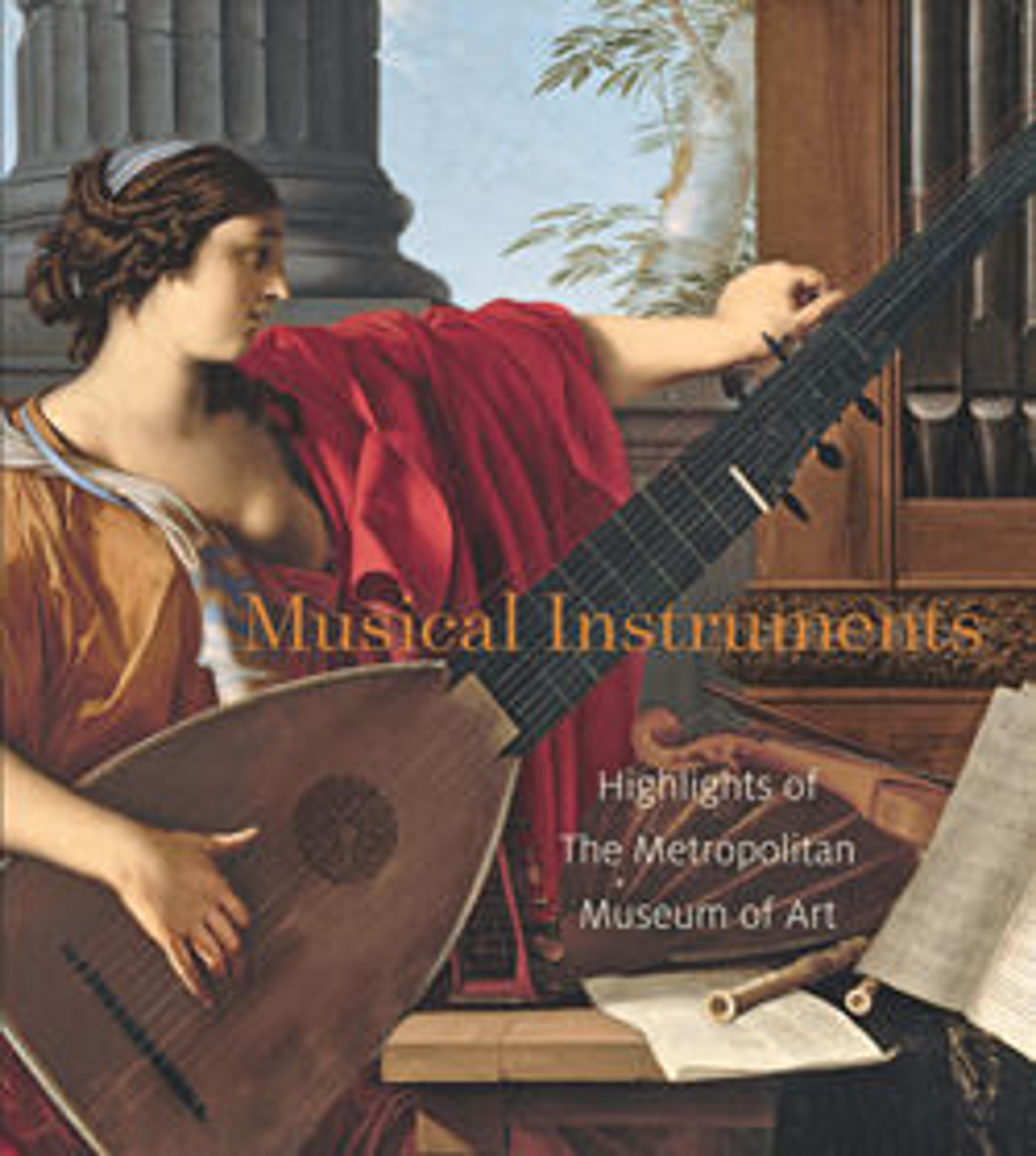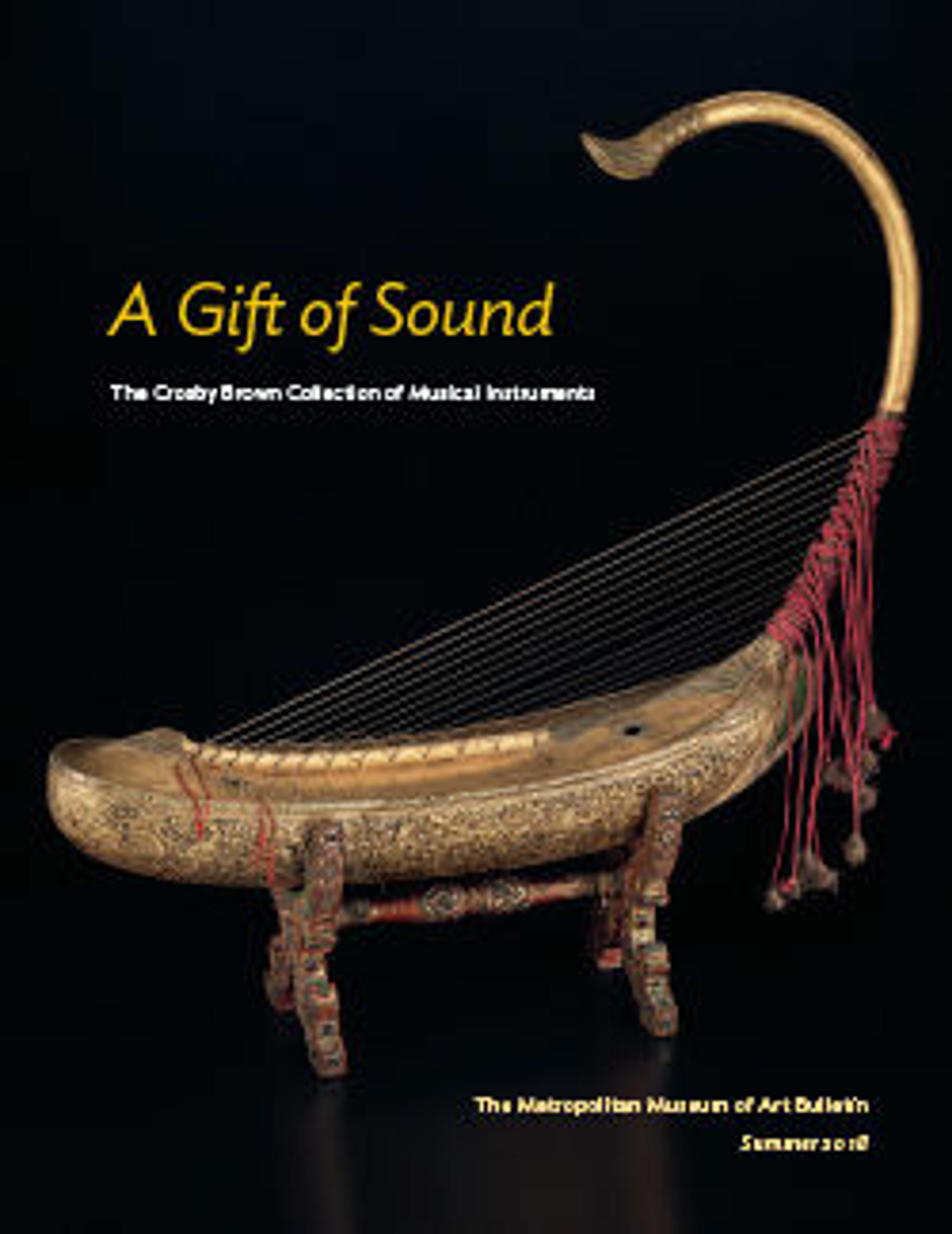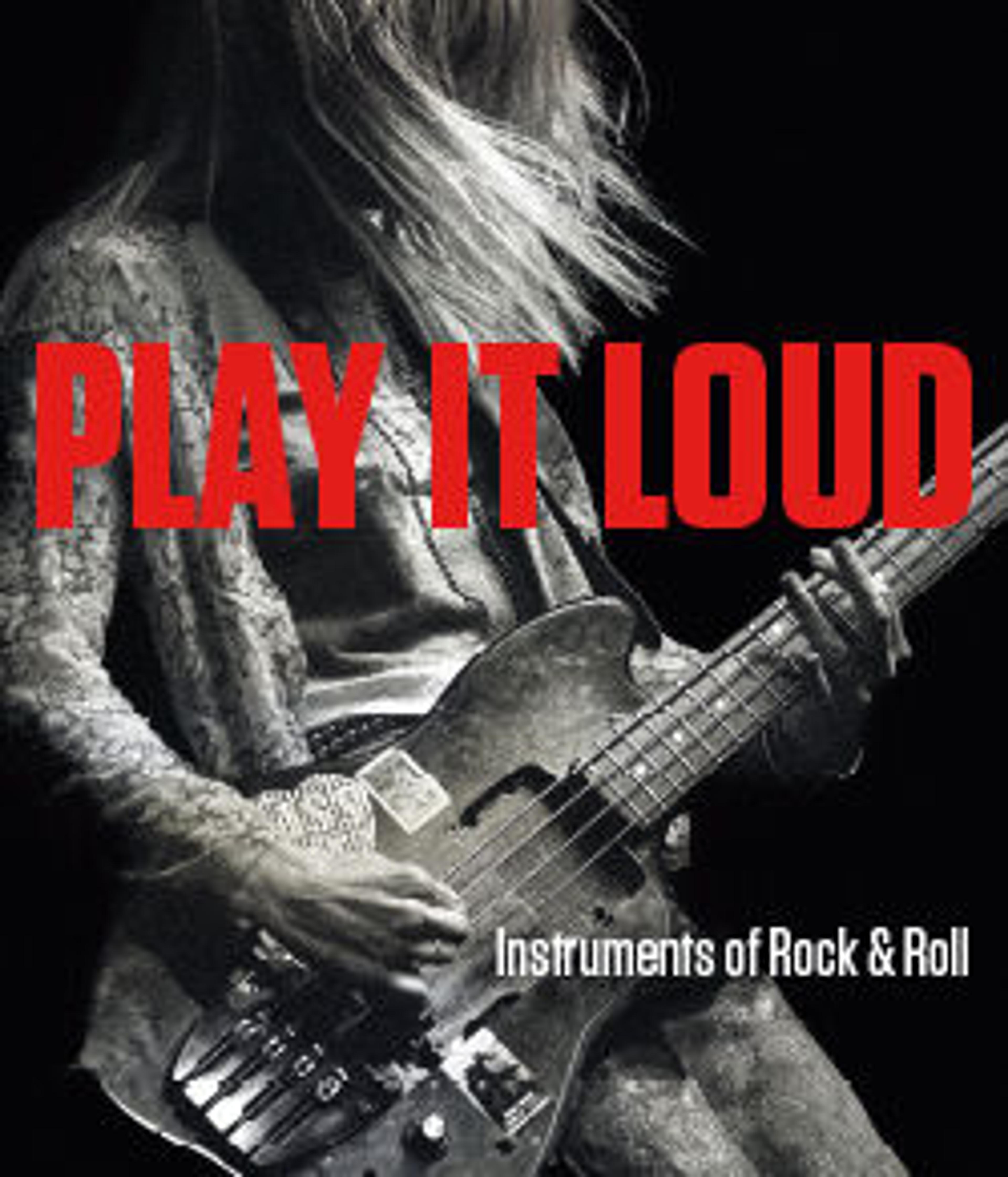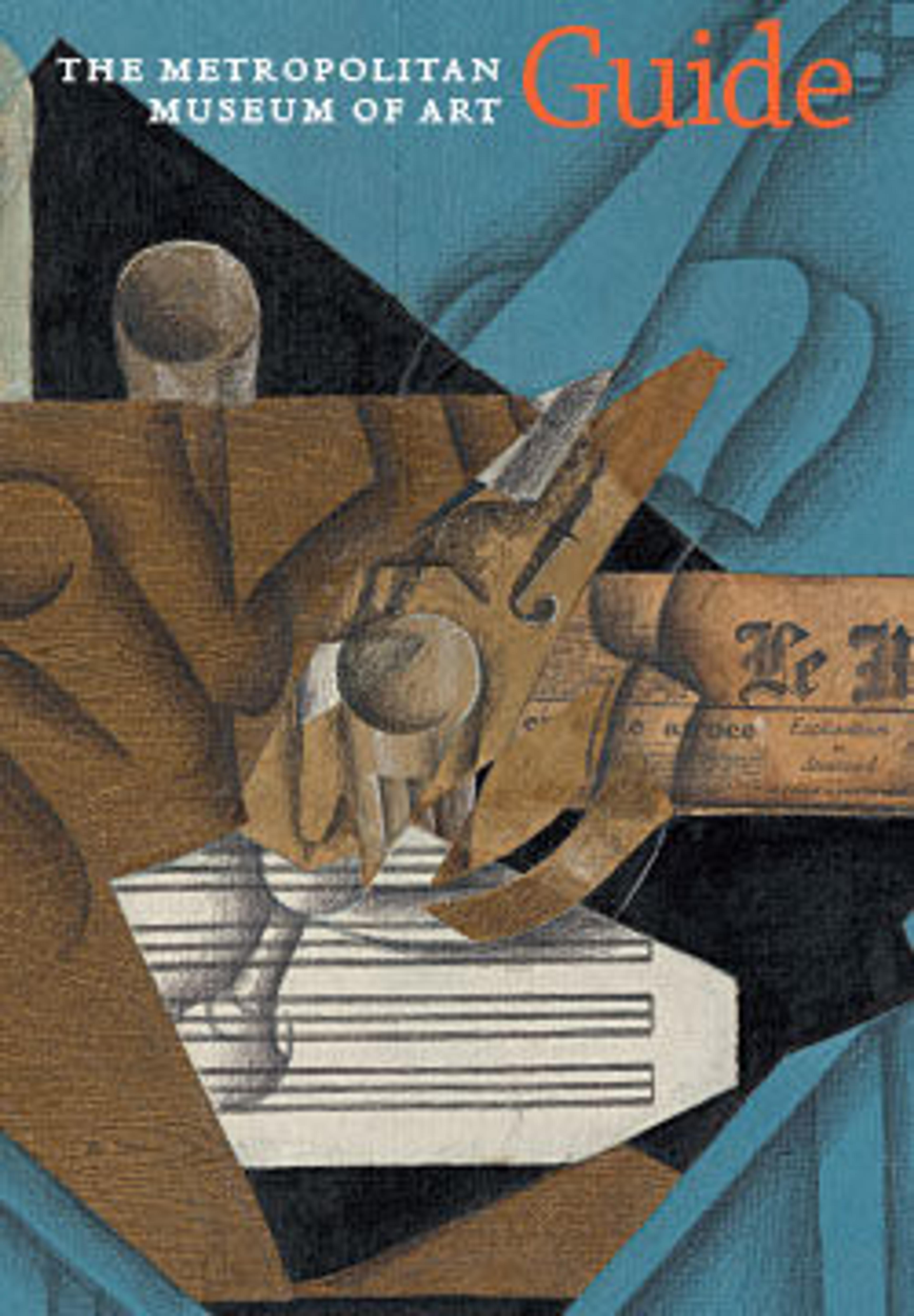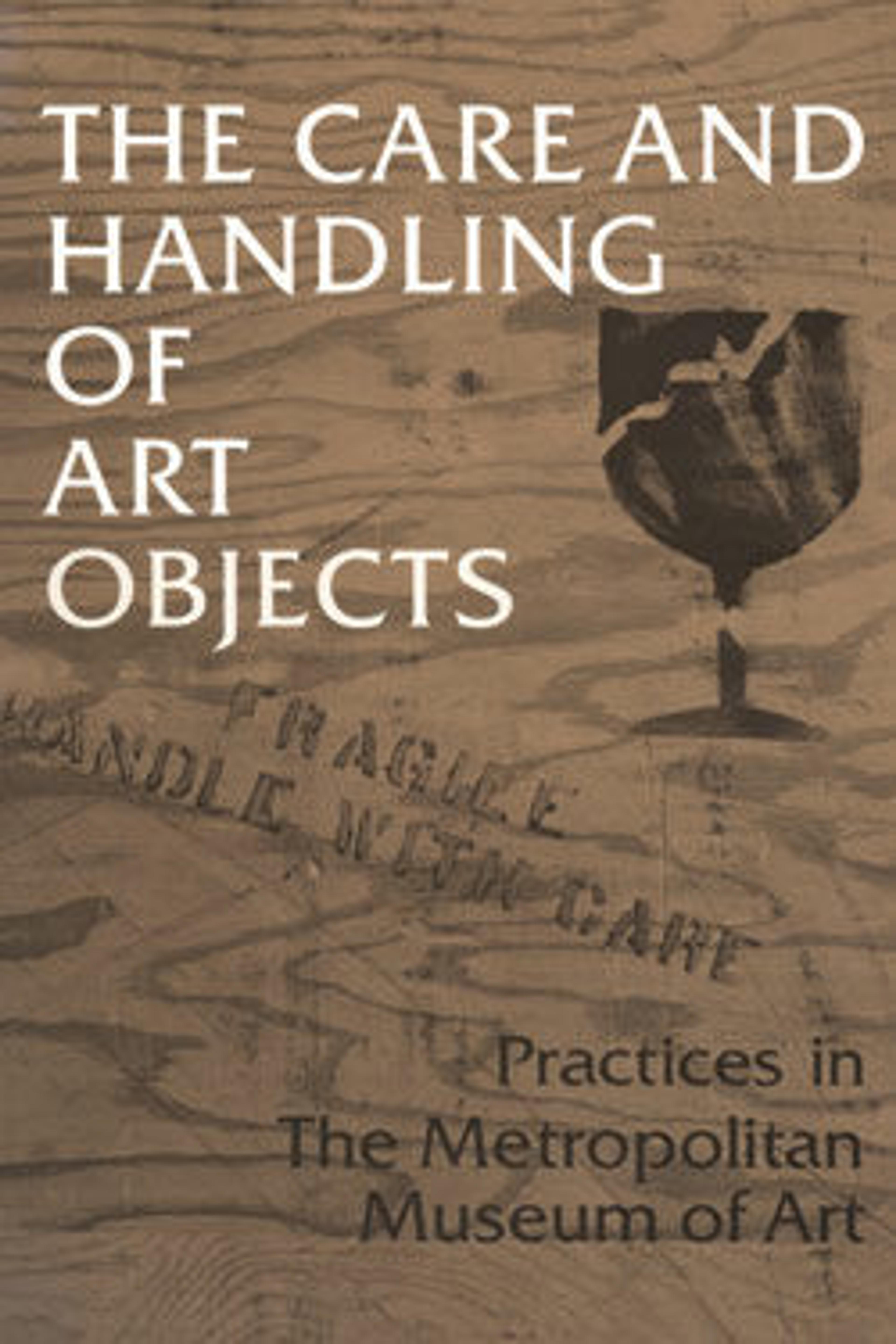
American Musical Instruments in The Metropolitan Museum of Art
The whole range of American musical instruments, including folk, popular, and elite types, forms the subject of this lavishly illustrated volume. It serves as an overview of the industry from colonial times to the 1980s, as a cultural and social history in that context, and as a catalogue of one of the largest and best documented collections in the world, that of The Metropolitan Museum of Art. The book contains good examples of even the simplest instruments: antique toys and noisemakers, sirens and sleigh bells, and rustic instruments made of recycled materials, such as bones or oil drums. The inclusion of instruments usually ignored in the literature points up their value as significant indicators of the roots and extent of American musical culture. Chapters on wind, stringed, and keyboard instruments explain the development of each type in economic, technological, and musical terms. Brass manufacture, for example, was at first hindered by the absence of trained metalworkers and by British embargoes on strategic metals; pewter organ pipes were often melted down to make bullets. But local woods and skills appropriate for making woodwinds were readily available throughout the nation's history, and after about 1825 powered machinery greatly increased the output of certain instruments for the burgeoning westward-expanding population. The author discusses the patent system's effect in encouraging experiment, even by "crackpot" inventors. The fashion for novelty and lack of restrictive craft guilds helped promote American innovations in brass and keyboard manufacture, widely adopted and praised abroad even before American musicians gained widespread recognition. Militia bands created a pool of trained performers who fostered instrumental music in times of peace. Music education in public schools was a native phenomenon, the creation of a democratic society, and the affluent middle class was hungry for entertainment and eager for the status conveyed by instrument ownership.
Considerable attention is focused on musical instruments as works of art. The achievements of such renowned builders as Chickering and Steinway are described, and individual pieces of great beauty are compared favorably with the best of contemporary furniture. But the delights of such popular instruments as an elaborate electric guitar or a set of handsome new ocarinas are not ignored, for they represent the emergence of young craftsmen and the current revival of fine workmanship. More than 300 illustrations, seventeen in full color, accompany the authoritative and lively text. Henry Steinway has contributed a preface, and Philippe de Montebello, Director of The Metropolitan Museum of Art, has written a foreword describing the history of the Museum's instrument collection. For the specialist, each object is fully described in terms of construction and decoration; all inscriptions, patent marks, and makers' insignia are cited or reproduced. However, it will have equal appeal to the general reader, as it discusses the social and musical functions of the instruments and explains the careers and interrelationships of the makers.
Met Art in Publication
You May Also Like
Press the down key to skip to the last item.
Citation
Libin, Laurence. 1985. American Musical Instruments in the Metropolitan Museum of Art. New York New York London: the Metropolitan museum of art W. W. Norton.
